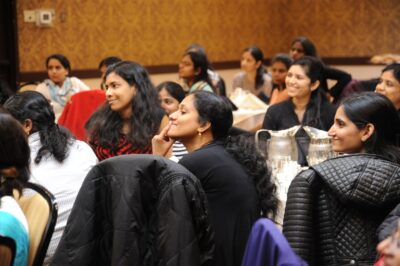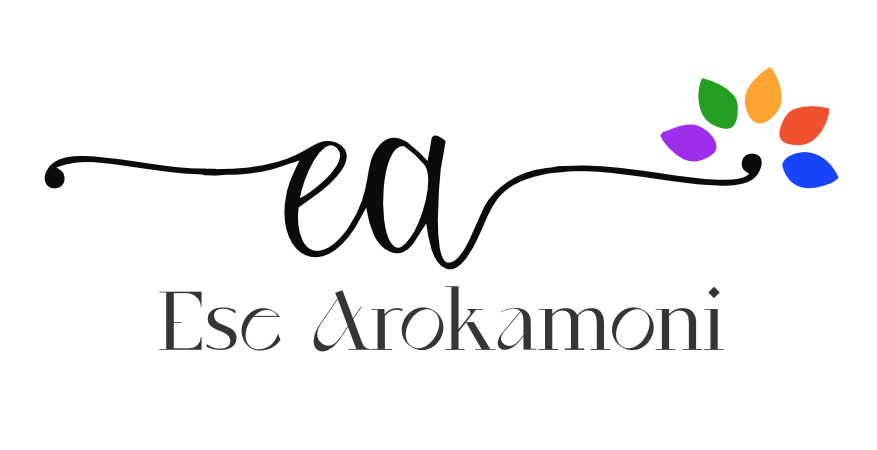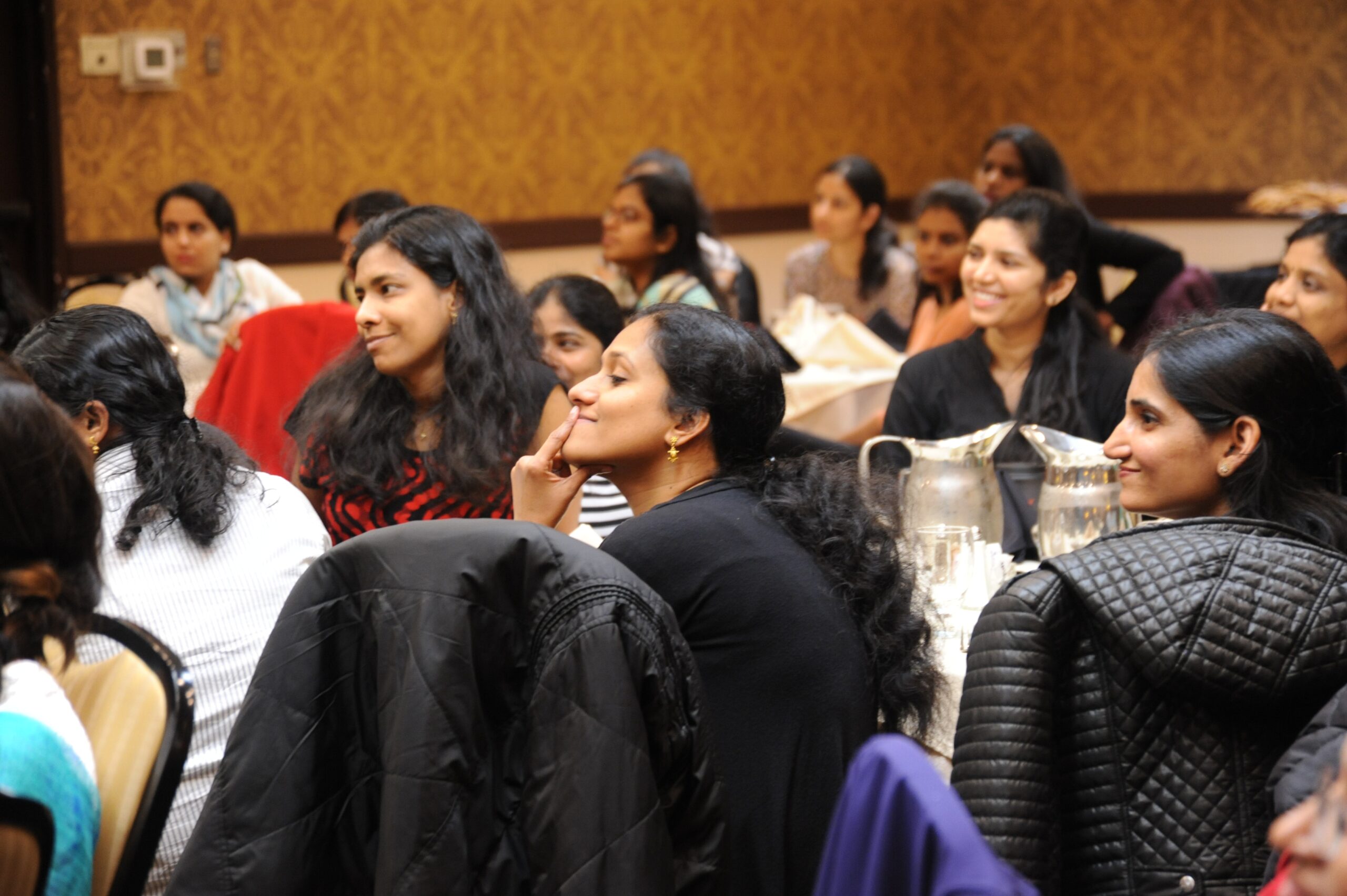Let’s start with this so we’re on the same page, what exactly is conflict? If you ask ten different people, you’ll probably get ten different answers.
Simply put, conflict happens when people see things differently and struggle to agree. It doesn’t always mean loud arguments or major disagreements, it can be as small as an eye-roll during a meeting, frustration over communication styles, or tension that makes teamwork harder than it needs to be.
Now, imagine this: A young nurse, fresh out of school, suggests implementing a digital tracking system to make patient handovers easier. She’s excited, full of energy, and eager to bring in a more efficient way of working. On the other hand, a senior nurse with 30 years of experience sighs and mutters, “Here we go again with another tech trend. We’ve been doing this just fine for years.”
Right there, without a single argument, conflict has already started. The younger nurse sees the older nurse as stubborn and resistant to change. The older nurse sees the younger one as inexperienced and trying to fix something that isn’t broken.
Sound familiar? This is one of the biggest challenges in multigenerational healthcare teams. Different generations think, communicate, and work differently, and when those differences aren’t handled well, frustration builds. But the good news? Conflict doesn’t have to divide your team, it can actually make it stronger.

1. Understand the Differences (Without Stereotyping)
One of the biggest mistakes leaders make is assuming every person from a certain generation behaves the same way. Just because someone is younger doesn’t mean they’re addicted to their phone, and just because someone is older doesn’t mean they resist all change.
But it does help to understand the general trends that shape each generation’s work style:
•Baby Boomers (Born 1946–1964): Value experience, structure, and face-to-face communication.
•Generation X (Born 1965–1980): Prefer independence, efficiency, and work-life balance.
•Millennials (Born 1981–1996): Thrive in collaborative environments, seek feedback, and embrace technology.
•Generation Z (Born 1997–2012): Expect flexibility, digital solutions, and purpose-driven work.
Recognizing these differences can help you avoid miscommunication and misunderstanding.
2. Communication is Everything
One of the fastest ways for generational conflict to build is through poor communication. A senior team member might feel disrespected by a quick email instead of a face-to-face discussion, while a younger team member might feel micromanaged by constant check-ins instead of a quick text update.
As a leader, it’s your job to make communication work for everyone. Here’s how:
•Ask people how they prefer to communicate instead of assuming.
•Mix it up—use both digital and in-person methods.
•Encourage open conversations where concerns can be voiced without judgment.
The more people understand and respect each other’s communication styles, the smoother things will run.
3. Bridge the Knowledge Gap with Reverse Mentoring
Here’s a leadership secret that can transform your team: Older team members want to feel valued for their experience, and younger team members want to feel valued for their fresh ideas. So why not create a system where both can learn from each other?
Reverse mentoring allows younger and older team members to exchange knowledge instead of one group always being the “teacher.” A younger nurse can show an older colleague how to use a new digital tool, while the senior nurse can share wisdom and best practices that only years of experience can teach.
When people feel like their knowledge matters, they work better together.
4. Address Conflict Early (Before It Becomes a Bigger Problem)
Ignoring small frustrations is the fastest way for conflict to grow into something bigger. If you notice tension, talk about it early. Ask team members directly:
•“I noticed some frustration during that meeting. What’s on your mind?”
•“It seems like you and [team member] have different views on this. How can we find common ground?”
Encouraging open, honest conversations prevents small misunderstandings from turning into major team issues.
5. Focus on the Mission (Because That’s What Unites Everyone!)
At the end of the day, whether someone is 22 or 62, they chose healthcare for the same reason: to help people. Remind your team why they’re here. When disagreements happen, bring the focus back to the bigger picture.

Instead of: “We have different ways of doing things.”
Try: “We’re all working toward the same goal, how can we make this work together?”
When people feel like they’re on the same team, they start working as one.
Final Thoughts
Leading a multigenerational healthcare team isn’t about forcing everyone to think the same way, it’s about helping people understand and respect each other’s differences so they can work better together.
When you focus on clear communication, shared learning, and keeping the mission at the center, your team will become stronger, not despite their differences, but because of them.
So, take a moment and ask yourself: What’s one thing you can start doing today to bring your team closer together? Because the sooner you start, the easier everything else will feel.






